Politics of exclusion: Women’s political rights and a revolution deferred
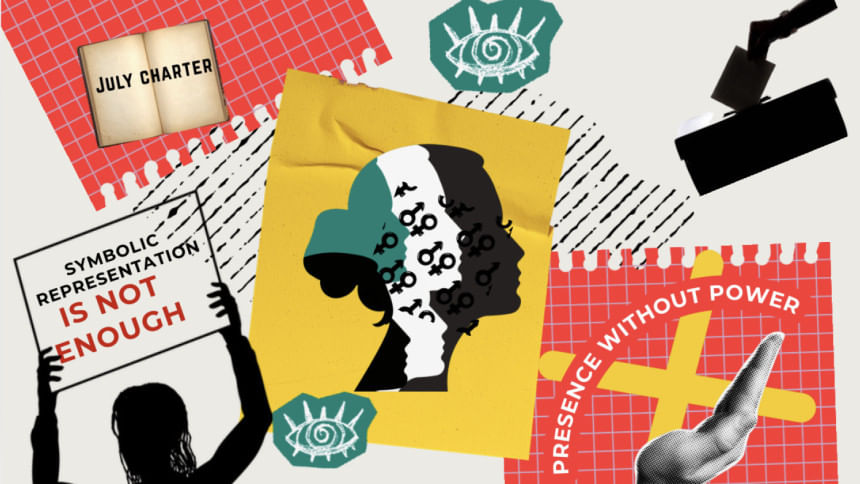
The national conference of the Forum for Women's Political Rights (FWPR), held on October 9, functioned less as an event and more as a political intervention. It brought together activists, scholars, labour organisers, civil society actors, and political party leaders who have long challenged the gendered boundaries of Bangladesh's democracy. The discussion unfolded within a feminist framework that views women's political representation not as benevolent inclusion, but as a struggle over who counts as a political subject and whose voice shapes the national agenda.
The presence of two women advisers of the interim government—both veteran campaigners for women's rights—was symbolically significant yet analytically revealing. It underscored a paradox at the heart of Bangladesh's democratic transition: that women may occupy certain spaces of power, counsel, and activism, but remain marginal to actual decision-making. The question is: how can a democracy claim renewal while half of the citizens remain structurally excluded from political power?
Since the release of our reform commissions' reports and subsequent debates within the National Consensus Commission, women's parliamentary representation has remained a key site of contention. The Election Reform Commission had proposed 100 reserved seats for women to be filled through rotation-based direct elections—an arrangement that could have conferred genuine democratic legitimacy on women's participation. Yet the consensus commission, dominated by political parties, rejected the proposal. What eventually appeared in the July National Charter was a diluted compromise: maintaining 50 reserved seats, gradually increasing to 100, and requiring parties to nominate only five percent women in general seats, rising incrementally to 33 percent by 2043.
This approach reflects what scholar Nira Yuval-Davis calls the "gendered logic of citizenship", a system that welcomes women's symbolic presence but limits their real participation in power. When women make up 50 percent of the population, offering only five percent representation is not inclusion; it is a new form of exclusion. Against this backdrop, the FWPR's demands were both principled and practical—direct election of 100 women's seats in the next parliamentary cycle—arguing that once women gain voter-based legitimacy, the need for separate quotas will naturally diminish. The FWPR also insisted that all political parties be legally required to nominate at least 33 percent female candidates, rising to 50 percent through amendments to the Representation of the People Order (RPO). Complementary measures, such as state funding for women candidates, legal protection against political and online violence, and decentralisation of power, were proposed as structural correctives to the patriarchal logic of party politics.
Underlying these proposals is a core feminist insight: women's exclusion from decision-making is not an accidental absence but a product of institutional design. Representation, therefore, cannot be seen as a favour extended to women; it is a vital measure of constitutional equality and democratic legitimacy for all.
The discussions and demands of the FWPR conference also foregrounded intersectionality as central to democratic reform. Working-class women, informal-sector workers, women with disabilities, and Dalit or Indigenous women face overlapping barriers to political participation. One participant from the Dalit community described being repeatedly denied electoral nomination by political parties, revealing the systemic nature of exclusion. For these women, the promise of reform often remains abstract. Without addressing class, caste, and regional inequality, representation risks reproducing the very hierarchies it claims to dismantle. Gender justice, therefore, must intersect with social justice, requiring electoral mechanisms that make political participation accessible to women beyond elite networks.
The two advisors present at the conference, Farida Akhter and Sharmeen Murshid, voiced strong support for FWPR's proposals. They endorsed the call for direct elections but could not say whether they would be able to influence the July Charter or ensure the reforms were carried through. Their advice to "stay organised, train young leaders, and sustain pressure" sounded as much like encouragement as an admission of limited power. This exposed a recurring feature of Bangladesh's political order: women are visible as advocates and advisers, yet remain excluded from the central spaces where decisions are made. Their limited influence over the charter reveals the deep gendered boundaries of reform, even within moments that claim to be transformative.
The July Charter reproduces the same patriarchal structures that continue to hinder women's political empowerment. By retaining the reserved-seat system and indirect nomination, it preserves an undemocratic mode of selection in which women's access to parliament depends on party loyalty rather than public legitimacy. This sustains the culture of patronage politics, where representation is mediated through male party elites. The charter also maintains the gatekeeping power of male leadership—a "fraternal contract" that determines who is deemed electable. Without sanctions for non-compliance, parties can nominate women in unwinnable constituencies, turning quotas into performance rather than reform. Equally troubling, the charter lacks any intersectional vision, treating women as a single category and erasing class, caste, and regional inequalities.
Taken together, these features make the charter not a rupture, as many had expected it to be, but a reassertion of patriarchal continuity. Its drafting process mirrored its outcome, with negotiations led by male party elites. Major political parties chose caution over courage, signalling that even in transition, reform remains bound by male consensus. Political party representatives at the conference also reflected how deeply divided Bangladesh's political class remains on women's participation. Most agreed that party "mindsets" must change, yet none said what their respective party would do to achieve the change.
Jamaat-e-Islami, for instance, boasted of having many women organisers but rejected the idea of direct elections—a textbook case of presence without power. Several left-leaning parties expressed support for rotation-based or direct elections but failed to hold their ground during the consensus commission's negotiations. These contradictions show how even progressive rhetoric often collapses under the weight of patriarchal political culture.
The challenge, then, is not just quantitative but also qualitative. A nominated woman represents her patron; an elected woman represents her people. Direct election grants women independence and legitimacy. Take the cases of Nepal and Rwanda, where direct election and parity laws not only increased women's presence in politics but also transformed policy priorities, expanding health budgets, land rights, and local accountability. By contrast, Bangladesh continues to choose symbolic participation and concession while excluding women from real political power. Sadly, instead of addressing this reality, the July Charter only serves to perpetuate it, leaving women's representation confined within the same procedural limits that have long defined post-independence politics.
The path ahead lies not only in revising the charter but also in re-politicising citizenship—making women's representation a core measure of democratic health. Until this happens, Bangladesh's reform moment will remain what the FWPR aptly called it: a revolution deferred.
Iffat Jahan Antara is an independent researcher.
Views expressed in this article are the author's own.
Follow The Daily Star Opinion on Facebook for the latest opinions, commentaries and analyses by experts and professionals. To contribute your article or letter to The Daily Star Opinion, see our guidelines for submission.

 For all latest news, follow The Daily Star's Google News channel.
For all latest news, follow The Daily Star's Google News channel. 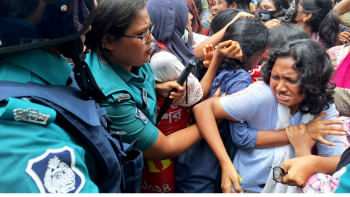
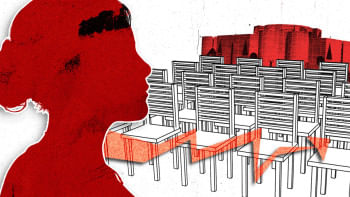



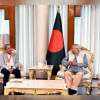

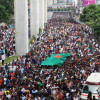

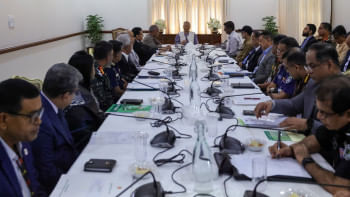
Comments